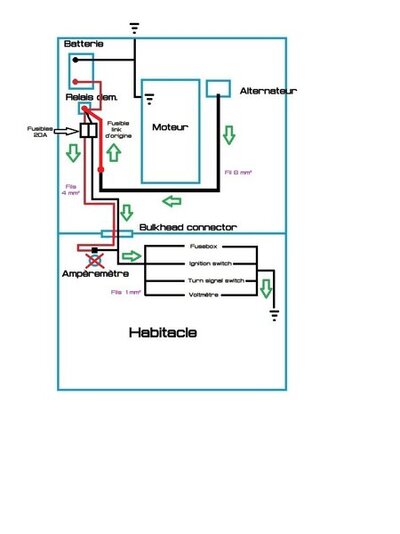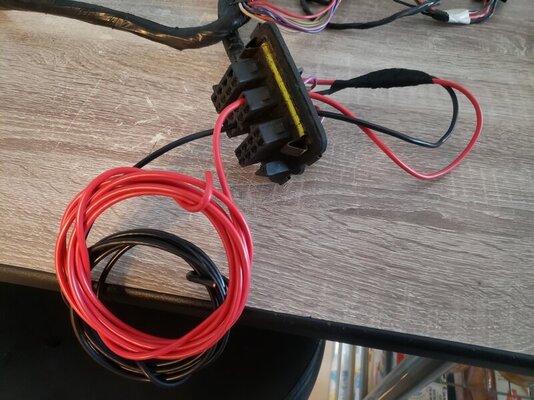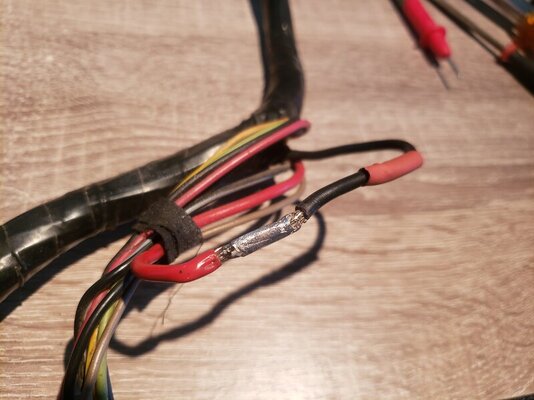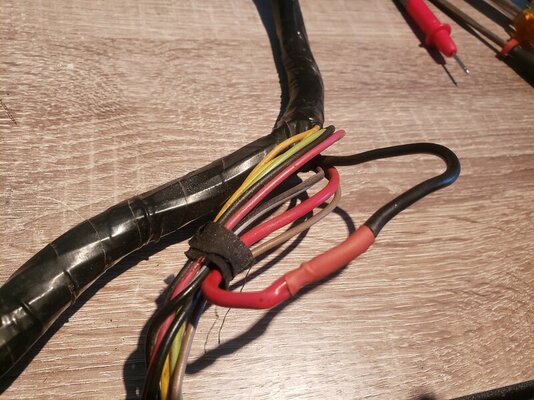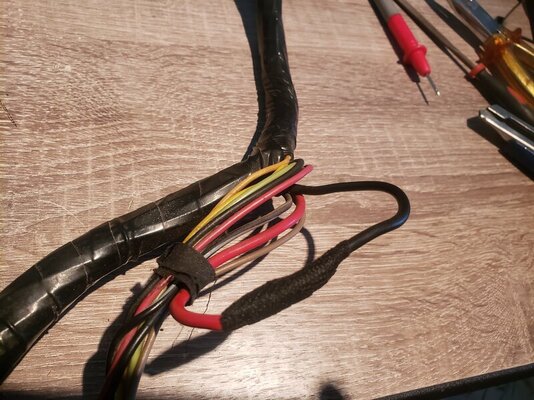French demon
Well-Known Member
Hi guys
I replaced my ammeter with a chinese voltmeter (plugged onto the fusebox).
When the engine isn't running, but the ignition switch "on", all is normal and the needle is immobile on 13 volts
I start the engine, the needle still reads 13V+, it's ok.
But after a very short time, the needle begins to oscillate rapidly between 8 and 16 volts.
When I engage the reverse gear (which turns the reverse lamps on) or put the turn signal on, the needle falls completely to "0", indicating (I think) a short-circuit.
And when the needle indicates "0", I have no turn signal, no windshield wipers (but the headlights, flasher, stop lights or horns work)
I tried to unplug the reverse gear switch but the problem remains.
Engine off, everything returns to normal, every function works properly...
Bad voltage regulation? An alternator problem? A deficient voltmeter?
Any idea?
François
I replaced my ammeter with a chinese voltmeter (plugged onto the fusebox).
When the engine isn't running, but the ignition switch "on", all is normal and the needle is immobile on 13 volts
I start the engine, the needle still reads 13V+, it's ok.
But after a very short time, the needle begins to oscillate rapidly between 8 and 16 volts.
When I engage the reverse gear (which turns the reverse lamps on) or put the turn signal on, the needle falls completely to "0", indicating (I think) a short-circuit.
And when the needle indicates "0", I have no turn signal, no windshield wipers (but the headlights, flasher, stop lights or horns work)
I tried to unplug the reverse gear switch but the problem remains.
Engine off, everything returns to normal, every function works properly...
Bad voltage regulation? An alternator problem? A deficient voltmeter?
Any idea?
François

